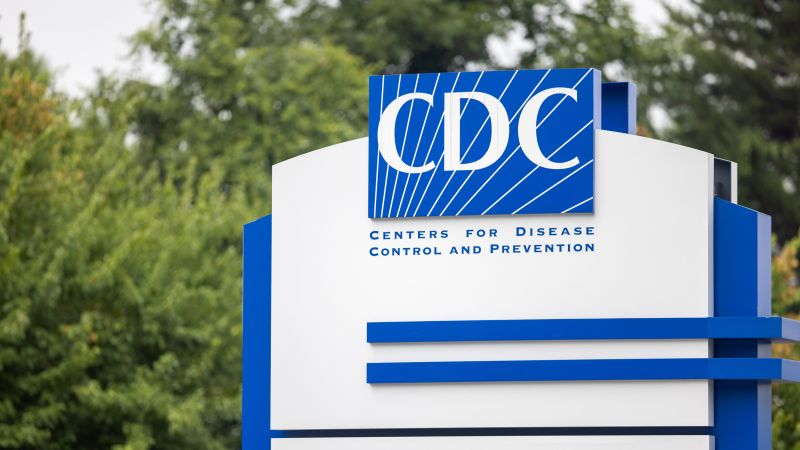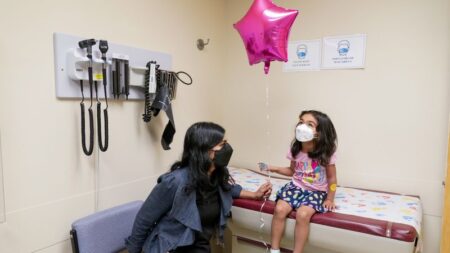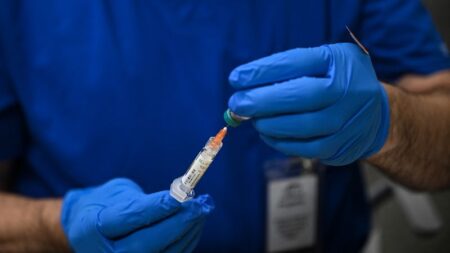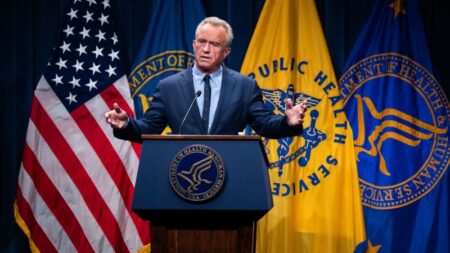In a significant development concerning public health, a patient in Louisiana has been admitted to the hospital due to a severe case of H5N1 avian influenza, otherwise known as bird flu. This alarming incident marks the first reported case of this particular strain of flu in the United States, indicating a worrying trend as various strains of viruses continue to circulate globally. The Centers for Disease Control and Prevention (CDC), the leading national public health agency, announced this event on Wednesday, highlighting both its importance and urgency.
The CDC’s findings revealed that the patient was exposed to infected birds in local backyard flocks, a fact that raises noteworthy implications for domestic avian populations and the public health system. Before this incident, the H5N1 virus had primarily affected more industrialized poultry operations. The outbreak associated with the individual was particularly notable as it represents the first H5N1 bird flu case in the U.S. that is linked to backyard flocks, which are common in many communities across the nation. This case serves as a reminder of the potential risks posed by domestic bird ownership and the need for stringent biosecurity measures among poultry keepers.
Further analysis by the CDC indicated that the strain of H5N1 that affected the Louisiana patient is the same variant that recently has been reported in human cases in both Canada and Washington State. However, it is essential to note that this variant is distinct from those strains which have recently caused outbreaks in dairy cows and other poultry across the United States. Such distinctions are crucial for health officials as they formulate responses and preventive measures in different contexts.
H5N1 has been a globally recognized threat, having been linked to severe human illnesses and fatalities in other countries. Despite the severity of this case, the CDC has reported no evidence of human-to-human transmission at this time, which serves as a noteworthy reassurance to the public. The agency emphasized that the overall risk posed to public health by H5N1 bird flu remains low. It is critical for the public to stay informed yet not succumb to panic in light of these developments.
The CDC’s ongoing assessment reflects a commitment to mitigate risks associated with avian influenza outbreaks. Public health safety measures are always a priority, especially when emerging pathogens are involved. The CDC urged proper awareness and precautions for those who may come into contact with birds, especially in regions where the incidence of bird flu has been documented.
As developments unfold regarding this breaking news story, the situation will continue to be monitored closely by health authorities. There is an anticipation that further updates will be provided as additional information becomes available, especially pertinent data regarding the affected individual, treatment efforts, and any broader public health recommendations that may arise as a response to this case.
In conclusion, while the recent hospitalization linked to H5N1 is a concerning situation, health officials from the CDC have reiterated that the risk to the general population remains low. However, this incident underscores the importance of vigilance when it comes to both animal and human health. Authorities encourage the public to remain informed and adhere to safety guidelines as an essential part of preventing future incidences. As the scrutiny of this case continues, it will be vital to address not only the immediate health implications but also the broader impacts on public health policy and poultry management nationwide.












